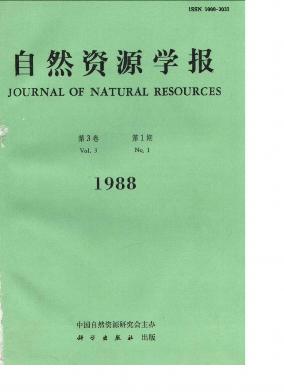Special Column:Celebration of the 70th Anniversary of IGSNRR, CAS
Yang Qinye, Zhang Baiping, Zheng Du
The Loess Plateau is a unique physico-geographic unit in China. There are some divergence of concept about it's boundary. This paper points out, that such divergence is due to different understanding of natural characteristics of the regions which are the transition from the Loess Plateau to surrounding natural regions.In the paper, several different concepts are reviewed, such as the Loess, the distributional region of the Loess, the Loess Plateau and the neighbouring distributional region of the Loess, the Loess Plateau, and the typical loess geomorphological region; all these concepts should not be confused. Finally, criteria and index for dividing the boundary of the Loess Plateau are discussed. Based on field investigation and landsat image interpretation, the boundary of the Loess Plateau is delimited.
